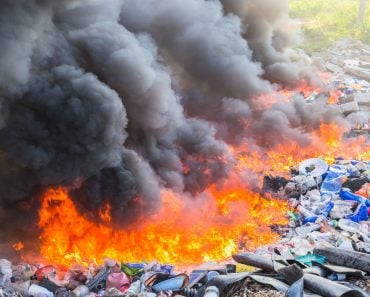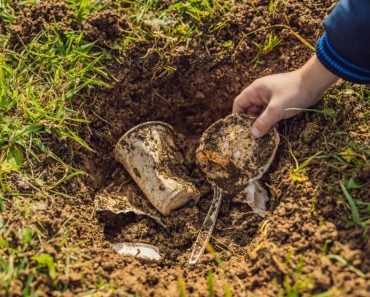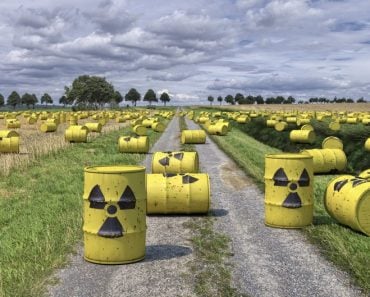Table of Contents (click to expand)
From our homes, waste goes to landfills, incineration or combustion units, recycling drop-off centers or it can be treated by plasma gasification.
Ever wondered where the black bags of trash go after they’re taken out of your home? Waste management is a global issue and no nation on the planet can say that this problem has never bothered them. According to statistics, each person in the United States alone produces 4.4 pounds of waste every day! Japan spends more money on waste disposal than its collection. It may amaze you to learn that industrialized countries of the world consume 75% of the world’s paper supply, but have only 16% of the world’s population!
It’s ironic that as countries become more urbanized, their volume of waste increases in proportion. That means more paper, packaging waste from consumer products, newspapers and magazines, disposable takeaway food packages, one-time use plastic materials, diaper waste etc. Urban areas produce 2-3 times more waste than rural citizens.
Recommended Video for you:
Methods Of Waste Disposal
Landfills
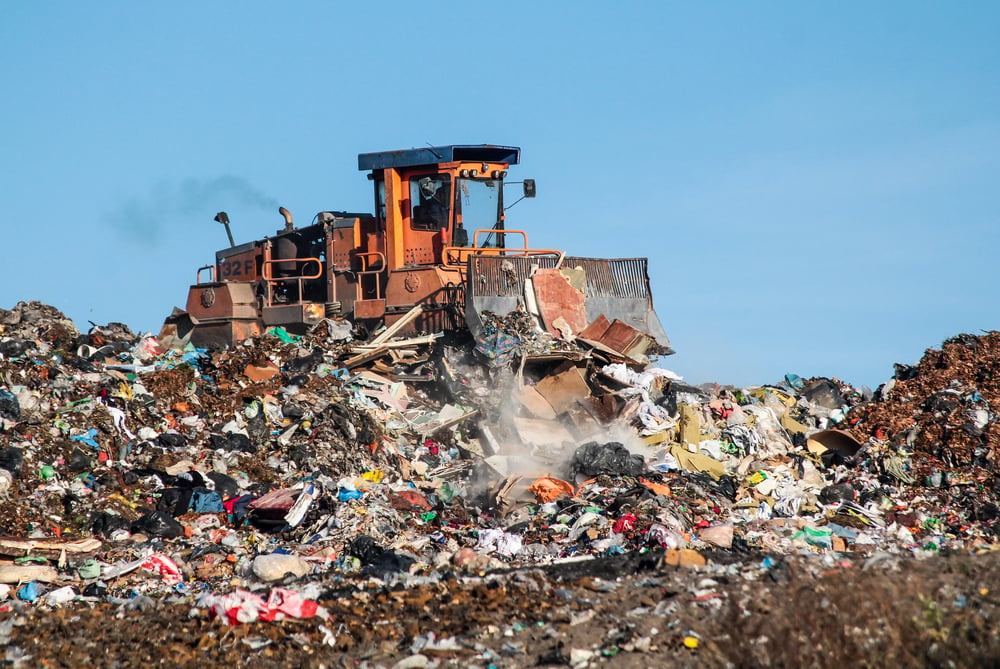
Landfills, as the name suggests, are made for dumping waste on land that is far away from civilization. However, these landfills must be well-engineered and designed in such a way that hazardous waste does not contaminate the environment. Landfills are predominantly used for solid waste. There are various types of landfills, depending on the type of waste.
Municipal landfills are for household wastes, bioreactor landfills are used for organic waste, and industrial waste landfills are used for dumping commercial and industrial waste.

C&D debris landfills are for construction waste and demolition debris landfills are specifically used for waste generated from constructing buildings, bridges and renovation projects. The waste comprises metals, heavy materials, glass, concrete and wood.
Coal Combustion Residual landfills (CCR), as the name suggests, are specifically used for waste generated by burning coal.
Hazardous waste landfills are used for hazardous waste like batteries, paints, flammable liquids and other chemicals, fluorescent lamps, motor oils etc.
Incineration Or Combustion
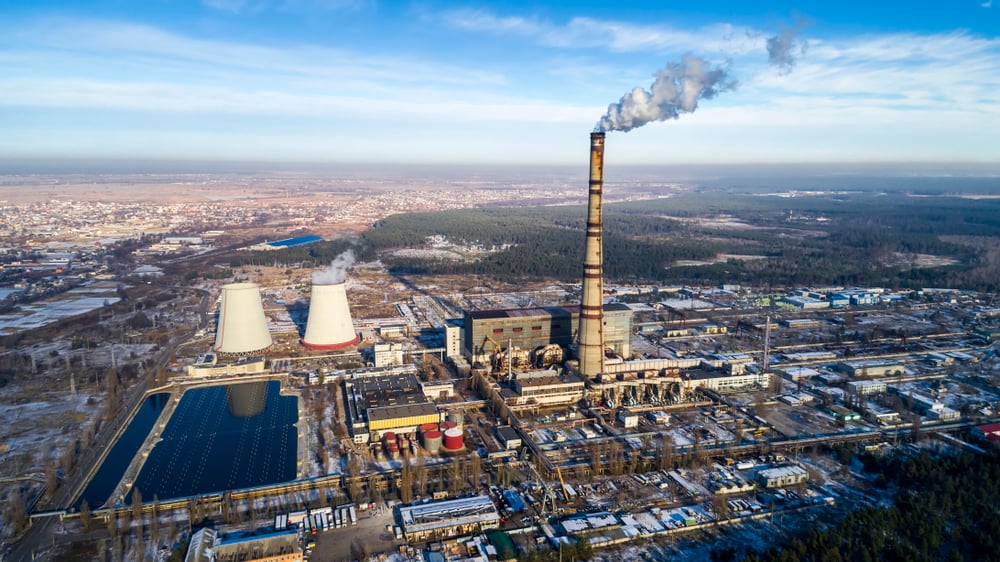
Incineration is a thermal treatment that can be applied to waste. The waste materials are incinerated or burnt at high temperatures to use that generated energy to generate electricity. However, the toxins are first removed by burning at high temperatures so that the gases released into the atmosphere do not harm the environment.
Incineration is especially common in countries like Japan, where there is scarcity of land, so landfills cannot be made. Incineration reduces the waste by 95% and thus aids in reducing waste dumped in landfills. This means that incineration cannot completely substitute for landfills, but can considerably reduce the amount of waste being dumped in them. Incineration is especially useful for treating hospital and sewage waste.
Plasma Gasification
Plasma is an extremely high-temperature, electrically charged gas that is capable of generating electric current. It is also known as the ‘fourth state of matter’. Plasma is naturally found in lightning and the gases found at the surface of the sun. Plasma gasification is a relatively new technique developed by WPC (The Westinghouse Plasma Corporation) for treating municipal and industrial waste. Like incineration, plasma gasification can reduce the amount of waste going to landfills. However, it does not burn the waste, as is done in incineration; it converts organic waste directly into gas, retaining its chemical compounds and inorganic waste in a type of glass called slag.
The 3 R’s – Reduce, Reuse And Recycle
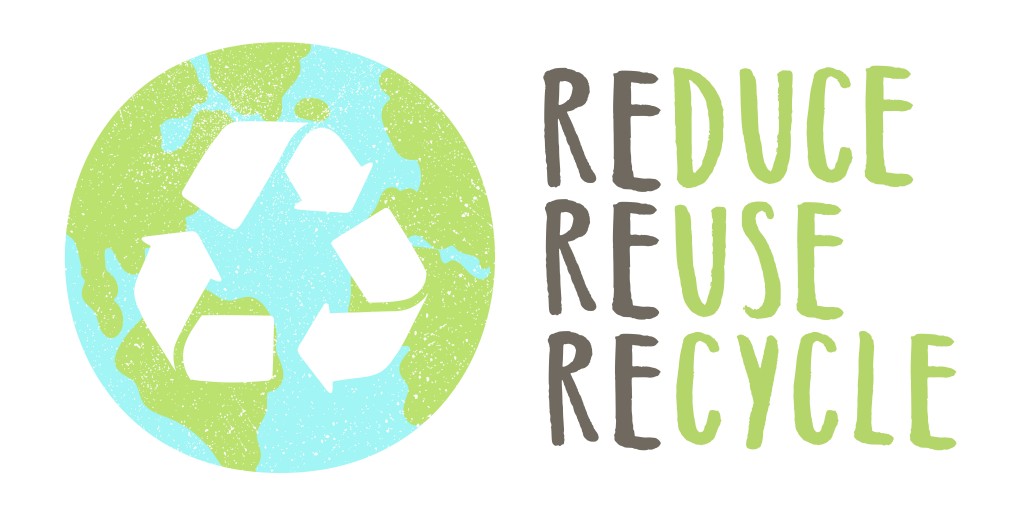
Reduce: The first step before waste accumulation is to stop it in the first place by not producing waste whenever possible. Therefore, Reduce is the first R in the realm of waste management. Better not create so you don’t have to destroy or manage it at all! Reducing waste saves billions of dollars for every country. The simple way of doing this is to operate based on your needs, rather than your wants. Buy only what is necessary, shop for high-quality items, don’t indulge in fast fashion and use a minimal amount of packaging material.
Reuse: Trash for you can be a treasure for someone else. We are conditioned to think that old things are useless, spoiled and ugly. Remember back in your school days when you would have projects like making something beautiful out of waste’ and you would get all creative and dorky? It’s time to bring that dorky side of us out again for the sake of the environment. Packing materials can be reused. Carry reusable cloth bags instead of buying plastic bags every time you go to the store.

Recycle: Things like paper, plastic, aluminum and cardboard can be recycled. Recycling has created an industry within itself. In order to create something from recycled products, a new manufacturing industry must be set up. This, in turn, will lead to the creation of more jobs. It’s estimated that to treat 10,000 tonnes of waste, landfilling can create six jobs, whereas recycling can create 36. Recycling can be started at home by separating your waste from recyclable materials. There are drop-off centers made especially for this purpose where you can drop off your recyclable materials so they can be handled properly.
Isn’t it jaw-dropping that governments need to spend billions of dollars just managing the waste created by every country? This problem is so massive that we need to allocate huge chunks of land and set up entire industries and plants to treat our waste and do our best to keep this planet clean.
References (click to expand)
- (1999) What a Waste: Solid Waste Management in Asia. web.mit.edu
- Waste Management | Environmental Health & Safety. The University of California, Riverside
- Ecycling- Living Green - Institute of Food and Agricultural Sciences - Extension- University of Florida - livinggreen.ifas.ufl.edu:80
- F Abdul-Rahman. Reduce, Reuse, Recycle: Alternatives for Waste Management. New Mexico State University
- Waste Disposal Practices | Global Events |USA| Europe | Middle East | Asia Pacific - www.omicsonline.org
- Basic Information about Landfills | US EPA. The Environmental Protection Agency
- Incineration - Waste Management Resources. wrfound.org.uk
- Plasma Gasification - National Energy Technology Laboratory. The United States Department of Energy

